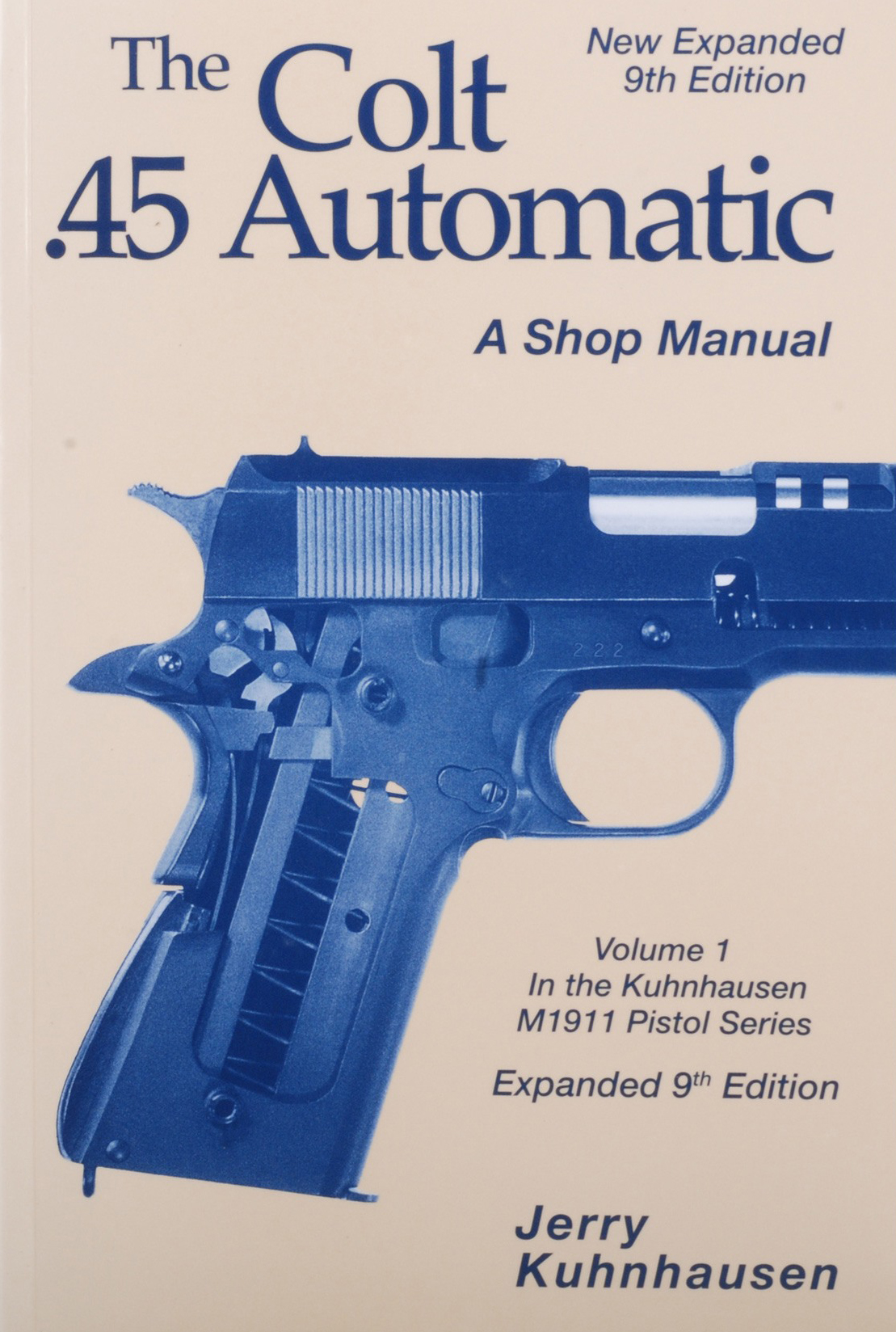If they practice their craft long enough, both professional gunsmiths and weekend hobbyists will eventually encounter the issue of an unavailable part.
Sometimes it might not be available because the gun is obsolete or rare. Other times the factory, the gun shows, Numrich, Jack First, Wisner’s, Brownells, and all other known suppliers just don’t have any.
If you have the worn out or broken part you can use it as a template to make a new one. However, what do you do when a gun is missing the part and no supplier has a replacement or replica available?
As I have said many times, “The most valuable tool in the shop is a good library.” So when I have exhausted all of the above options, I turn to LeeRoy Wisner’s Handbook of Hard-To-Find Gun Parts Drawings. It contains 488 pages of gunsmithing goodness detailing over 2,900 drawings for hard-to-find gun parts. It also provides instruction on selecting the correct steel, heat treatment, and fabrication.
While the Handbook of Hard-To-Find Gun Parts Drawings is an excellent resource for this type of information there are a few things to keep in mind before you embark on building a replacement part.
The first is always safety. If you do not fully understand the design, and cycle of operation of the gun you are working on, and specifically the part you are considering making, then do not work on it. Take it to a qualified gunsmith for repair. All gunsmiths are legally and morally responsible for repairing guns in a manner that does not play a role in creating any unsafe condition now or in the future.
I cannot speak for other shops, but I know I am happy to work on a project that a customer was not comfortable starting or finishing. In most cases, I am also happy to answer questions you may have about how the work should be done. Just be honest and talk openly with your gunsmith – you might be surprised by the results.
Second, it is important to remember that the drawings in the book were created by measuring used parts. The model parts may have been well worn, fitted to a specific gun on installation, or modified by the owner. Thus, these drawings are guidelines for parts fabrication. The gunsmith will need to pair these guidelines with the condition and tolerances of the gun on the workbench to create the new part. Parts created from these specifications will need to be hand fitted.
Lastly, you will need to have certain skills and tools to make a part using this book. You will have to be able to accurately read a drawing, select a suitable material, work the material into the part, heat treat the part, etc. Price out the project before starting, you might find that it is not financially viable. It may be financially less burdensome to take the project to someone who already has the materials, tools, and skills.
So what do you do if the part you need isn’t available anywhere and the Handbook of Hard-To-Find Gun Parts Drawings doesn’t cover it? I would suggest two things.
First, I would let the good folks at Brownells know that you would like to see it added to the Handbook of Hard-To-Find Gun Parts Drawings. This will let them know what is of interest to their customers for any future editions or updates that they may consider.
Second, try and find someone who has the same gun. If you can find a working version of the same gun you can use the part in the second gun as a guide for fabricating the part you need. If you cannot find exactly the same gun keep in mind that often gun manufacturers used the same parts in many different models. If the research supports this situation you can find a gun with the same part and work with it. My caution about understanding the design, and cycle of operation of the gun you are working on doubly applies here.
If it works out, remember to make a drawing of the part for future reference and add it to your copy of Handbook of Hard-To-Find Gun Parts Drawings.
Good luck.



